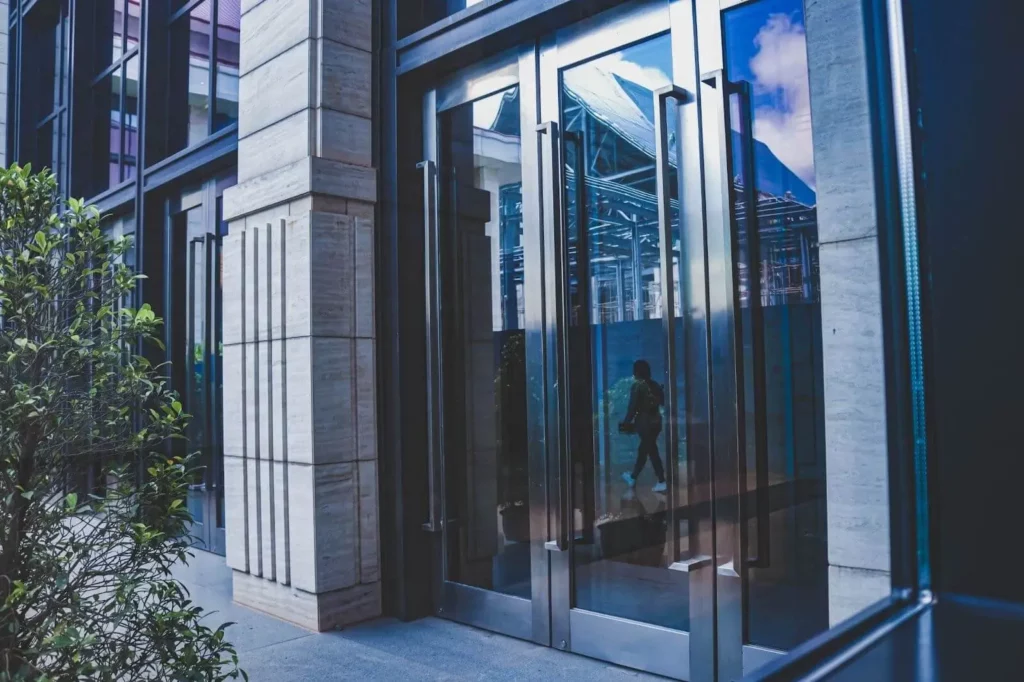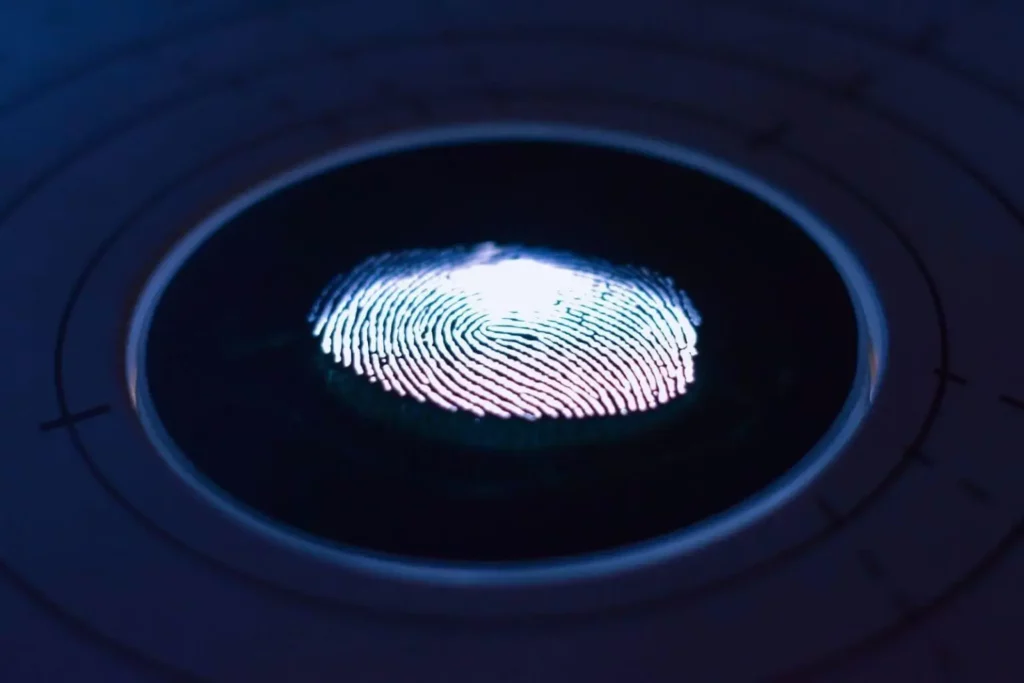Written By: Brad Campbell | December 19, 2023
Access control credentials are an important component of many commercial security systems, effectively allowing building owners and security personnel to monitor and control the flow of people in and out of a property.
When it comes to preventing unauthorized access to a facility or certain spaces within a commercial building, access control systems can effectively prevent intruders from opening a door. However, it’s important to supplement such systems with other physical security measures for full access denial.
Door access control credentials refer to the means by which individuals gain authorized access to secure areas, typically through doors or other entry points in a facility.
These credentials serve as a form of identification and authentication, allowing only authorized individuals to enter specific areas.
The use of door access control helps enhance security by preventing unauthorized access and ensuring that only individuals with the appropriate permissions can enter restricted spaces.
It’s important to note that access control credentials are not without their limitations — it’s still possible for intruders to gain unauthorized entry by other means, such as forcing entry through a vulnerable glass door or window.

There are various types of door access control credentials, and advancements in technology have led to the development of more sophisticated and secure options.
The choice of access control credentials depends on factors such as security requirements, convenience, and the level of sophistication desired.
Many modern access control systems integrate multiple credential types to provide a layered and more secure approach to access management.
Here are some common types of door access control credentials:
These are physical cards or fobs that contain electronic information. When presented to a card reader or proximity reader, the information is verified, and if authorized, access is granted.
Biometric credentials use unique physical characteristics for identification. Common biometric access control methods include fingerprint recognition, iris scanning, and facial recognition.

Personal Identification Numbers (PINs) are numeric codes known only to the authorized individuals. Users enter their PIN into a keypad to authenticate and gain access.
With the advent of mobile technology, smartphones can now be used as access control credentials. Mobile apps or Near Field Communication (NFC) technology enable users to gain access by presenting their smartphones to a compatible reader.
These cards use radio frequency identification (RFID) or similar technology to communicate with card readers. They do not require physical contact and only need to be in proximity to the reader for authentication.
These cards have a magnetic stripe containing encoded information (like a credit card). When swiped through a card reader, the information is read, and access is granted if authorized.
Smart cards have embedded microprocessors that can store and process information. They provide a higher level of security compared to traditional magnetic stripe cards.
As we mentioned earlier, access control credentials can prevent the unauthorized opening of doors from the outside, but they don’t stop intruders from forcing entry in other ways.
Many commercial entryway doors are all-glass doors, contain large panes of glass, or are flanked on either side by large storefront windows.
What an access control system doesn’t do is prevent criminals from breaking these panes of glass to open a door from the inside — or step right in through the broken glass door or window.
Some commercial building owners make the common mistake of thinking that standard tempered commercial glass is strong enough to resist forced entry attempts, but this isn’t the case at all.
Although it’s stronger than annealed glass, tempered glass can easily be shattered by impact. All it takes is a couple of blows with a hammer, a sledgehammer, a crowbar, or another common burglary tool, and it crumbles, allowing criminals easy access to your property.
This is why, in order to ensure that implementing access control credentials isn’t in vain, it’s absolutely essential for businesses and other commercial properties to reinforce vulnerable doors and windows with forced entry-resistant security glazing.
The exact type of security glazing you need to reinforce vulnerable glass surfaces near access controlled doors will depend on a variety of factors, including the surrounding framing systems, desired level of security, and budget.
A professional threat assessment can help you determine exactly what security glazing to use. However, for most commercial security applications where ballistic protection is not a hard requirement, we typically recommend a containment-grade ArmorPlast® retrofit.
Containment-grade means non-ballistic, so this security glazing doesn’t stop bullets, but that doesn’t mean the bad guys can shoot their way into a facility — even non-ballistic ArmorPlast can get riddled with bullets and remain a barrier to forced entry.
Using Riot Glass’s retrofittable framing adapters, ArmorPlast can be fitted into or onto many existing window and door framing systems, creating a virtually unbreakable barrier over the existing glass.

For situations where ballistic protection is required, there are ballistic-grade ArmorPlast options available, as well as glass-clad polycarbonate Riot Glass® that can be retrofitted or used to replace existing glass to provide bullet resistance.
Such ballistic-grade security glazing is ideal for high-security and high-risk commercial buildings and facilities, including schools, government buildings, religious centers, and corporate office suites.
When combined with access control credentials and other elements of a comprehensive commercial security system, like surveillance cameras and alarm systems, forced entry- and bullet-resistant security glazing deters, delays, and prevents forced entry attempts of all types.
Here’s a full list of the threats this hardened physical security measure can protect against:
Contact Riot Glass today for a free consultation.

HOW CAN WE HELP YOU?
